The Loire wine experience was neutral, would the Bordeaux region change our view?
I have written the last city blog, with Susana writing about wine. This time we thought we would switch. Will we bring a different approach, but more importantly will it be well received? Only you can tell!
In Bordeaux there were not one but two tourist information offices, Susana was ecstatic, if only they had been side by side, no, they were in different parts of the city. One of them covered the surrounding area and it was here we were told, just our luck, that this weekend was an open house at all the vineyards.
One clarification here, that we were later to learn, Bordeaux as you might expect it surrounded by vineyards and we had already travelled past many on the way to the town. Here is a map showing all the vineyards around Bordeaux. The open house was to be in a small area to the southwest called Graves
Now we also got into a bit of confusion about chateaux. In the Loire Valley they were castles, or large houses. Not here. The French are so confusing. Here they are the vineyards. Not only were they open but various events were taking place; cheese tasting, foie-gras tasting, meals and ‘animations’. It was all very exciting and intriguing and also hopefully less intimidating than our previous experiences. We picked up the leaflet and late into the night, after our afternoon in Bordeaux, headed back into the French countryside.
The aire for the night was one of our best yet, we were alone, we were on a vineyard parked under a walnut tree. Susana was surprised to hear that I had never seen walnuts in the wild. Why would I, not many walnut trees in Tunbridge Wells. In the morning I spent a happy hour picking up walnuts, pealing off the black leathery skin and cracking them open. Maybe for a nice pasta dish or a risotto. Doesn’t take a lot to keep me happy.
We headed off to our first tasting of the day full of expectation.
Spectacular house and beautifully presented.
The hosts, the owners of the vineyard made us feel very welcome. There were about a dozen people in the room as they started to present the wine. This ended up by being the most formal of the day, but we got a bit of special treatment due to our lack of French!
We would later learn that most of the vineyards produce a dry white, occasionally a sweet white and a red, sometimes several reds.
You are told the grape varieties and the proportions that go into the wine.
And a few canapés would also accompany the wine. All of this, the wine, foie-gras and pate would be on sale later.
Starting with the white, well you would, wouldn’t you? Light, fresh, lots of nose but no great length, no depth. This is for me a really defining part of my French wine experience so far, the smell is amazing. It has so much expectation and promise and yet, for both red and white, the taste is left wanting. Pleasant enough though and at €6 not bad value, this would end up in the UK at £10 and would be £30 in a restaurant, but equal to a fairly basic Pinot (cheap italian white)!
Now I have a fairly simplistic attitude to wine. I have had the opportunity to do many wine tastings, mainly at work and have come to a fairly basic conclusion.
There are some I like, there are some I am neutral to and there are some that I wouldn’t feed a rat. I fear wine education, partly because I do not wish to become a wine snob and because it might push up the budget. Quite frankly I am satisfied with an £5-8 bottle of Rioja and after the first bottle anything will do.
The last we tried, the sweet, was like drinking syrup, vile. I will never get used to that and never want to.
Opposite us was a young man from China, living in Bordeaux. Very pleasant to talk to but everything bad about the learn’ed wine aficionado. Every cliché you could image came forth from his lips, together with exaggerated swilling, slurping and spitting. The aromas and flavours of the wine was unbelievable, according to him. It contained every fruit, chemical and building material known to man. Is this jealousy? Do I secretly desire to be that educated in wine that I can also talk such bollocks….
Another Chateau another tasting. Our palates are just not that well developed to pick up the nuances, the subtle differences of the bouquet between each bottle. There, you see, you get dragged into talking the bollocks without even realising it.
This one also had cheese tasting on offer. We preferred the ones at Lidl.
But we also got a proper tour of the facility. In Spain and Italy the vineyards tend to be much bigger and I have a second agenda on visiting them. Some have been recently redesigned by architects; Calatrava, Gehry and Foster. That is something for me to look forward to. But it is also the forms, the materials, the textures that are so enticing to architects. The stainless steel cages housing hundreds of green bottles.
The beautiful oak barrels, unfinished, lying in a grid. Their scent permeates the building. These cost €700 each and can only be used for three years before the tannins of the wine saturate the pores in the wood making them no longer useable. A good reason why oak aged wine usually costs a few quid extra.
The fine grain of oak, keeps the wine safely inside, while still allowing a bit of breathing, similar to the traditional cork really. The wine will spend about 15 months here. The barrels are sold on for €30 as planters for the garden. The oak takes 200 years to grow and then you can only use them for three seasons. Not sure how sustainable this is! Surely we can GM the grape to add that flavour, without going to all that bother of putting them in the barrel.
Stainless steel vaults standing in rows, more of these later.
The next Chateau and we made our first and only purchase. It wasn’t really because of the quality of the wine, although it was the first we had tried that we genuinely thought was passable, Ok, bordering on the nice. As Susana would say it was nearly ‘full bodied’. The owner really made us feel welcome, even though he struggled with his English. We spent a very pleasant half hour in his company. This one is for Susana’s uncle, Manolo.
A quick stop at Lidl, fresh warm bread straight out of the oven, lunch followed by an hour in MacDonald’s to upload some videos and post an article.
MacDonald’s is the only place we have found with the speed of connection to allow video upload. Most of France is still on 2G! I hope Spain will be better. We also ordered an antennae for the Mifi device, so that it may make connation to the internet easier and quicker. Hopefully we will pick this up at Susana’s aunt, in Zaragoza.
The next stop, our final for the day, promised animation. We were not sure what this was. It turned out to be people dressing up in medieval costume. You could hire some. We did not. Calligraphy and other vaguely medieval activities were on offer, not really sure why.
The last vineyard of the day. We expected the same. We would be surprised.
The young owners, two brothers, of this vineyard had a very different approach.
The equipment was beautiful, new and fully automated.
Each vat was controlled by computer, this is wine science.
From the pressing machine.
Through to the bottling and labelling plant.
Fabrice, spent a lot of time with us, explaining the fermentation and production processes. He also explained about the wine economic climate they are currently experiencing.
The French are reducing their consumption of wine. The economy, health concerns and drink driving are all seeing families buying less. Amazingly, the French have, up till now, exported very little. Most has been for internal consumption. Now I get the feeling that the Spanish are 10-20 years ahead here, for better or worse. They have amalgamated some of the estates into large vineyards and are successfully exporting a good proportion of their produce.
Chateau des Places also produces a white, a rosé, a light red, a standard red and something different.
Vin Blanc Sec
50% Semillon 40% Sauvignon 10% Muscadelle
€6.50 a bottle.
The white was once again very pleasant, good value, acidic, fruity and fresh. This had the highest proportion of Semillon and seemed the richest flavour of all the whites we had tried. It also had a slightly longer finish. Susana says it was more rounded, more adult.
We didn’t try the rosé (20% merlot, 80% cabernet sauvignon at €4.50). I could never see the point of rosé. Is it a wine for the indecisive? For someone not sure whether to go for red or white. We also did not try the light red (100% merlot at €5.00), what’s the point?
The Grand Vin was their standard red, 55% merlot, 45% cabernet sauvignon and was similar to those other reds we had tried that day and at €8.80 reasonable value. They produce a total of 300,000 bottles of wine, and 200,000 of which is the Grand Vin. This is aged in oak for 12 months. Susana felt it was similar to those at the Loire Valley, but I felt it was much better than that, more complex and fuller….there we go again!
Fabrice was very proud of the last wine we tasted, and rightly so. Now in the UK, I would buy this for the label and name alone, it is very un-French, modern, dark, alluring. Agora apparently is Greek for place, a play on the name of the Chateau. It is made from 60% merlot and 40% cabernet sauvignon, but from the best plots of the vineyard. It is a whopping €16.50 per bottle and is mainly for export, but is finding a market with the French, who, it would seem, are willing to pay more, for a better quality, now they are drinking less.
It is a very good wine. As Susana would say; ‘Although it has a good nose I was distrustful, but it turned out it was strong enough for the vapours to make my eyes water! On the palette, it is edgy, but more rounded and complex. It is certainly challenging the French market’.
Now usually we would steer away from French wines when at home, having paid reasonable sums for wines that we disliked. This one we would go for, but it is expensive. See what I mean, you are lured into spending more money!
We went to find a quiet place to sleep for the night and contemplate the scent and flavours of the day. It was a good one.
GDR

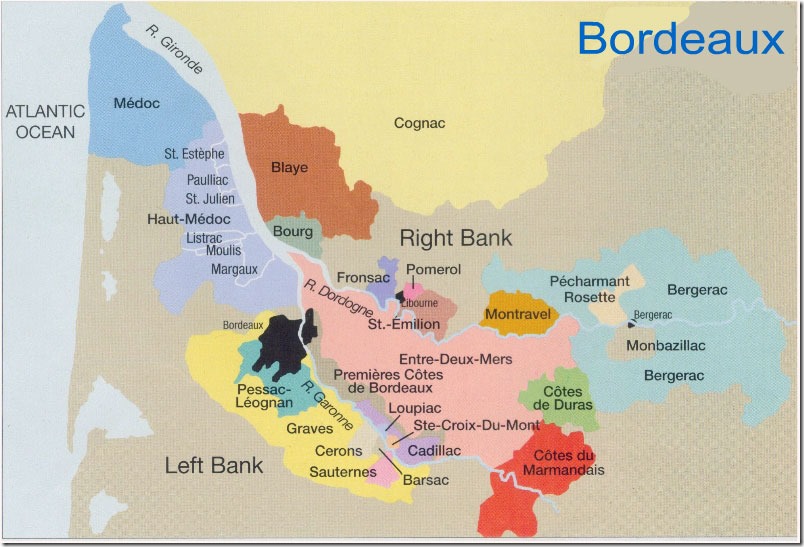
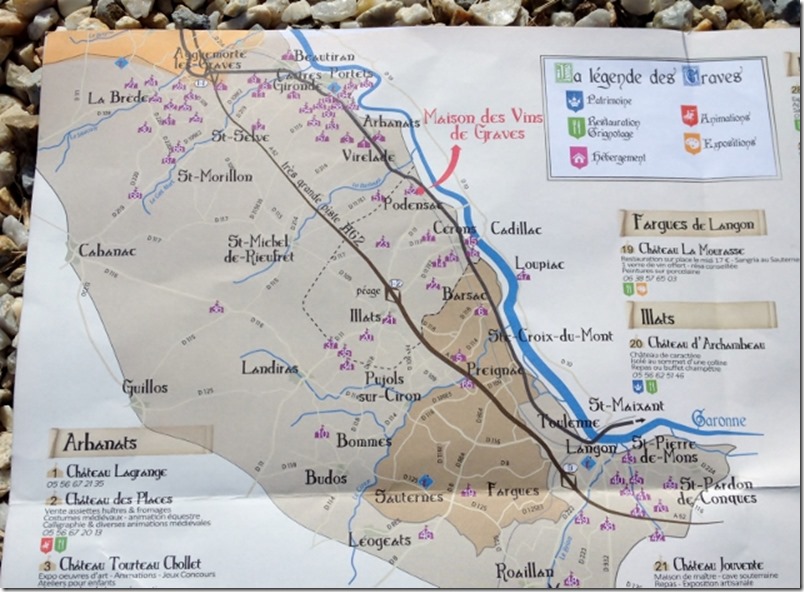

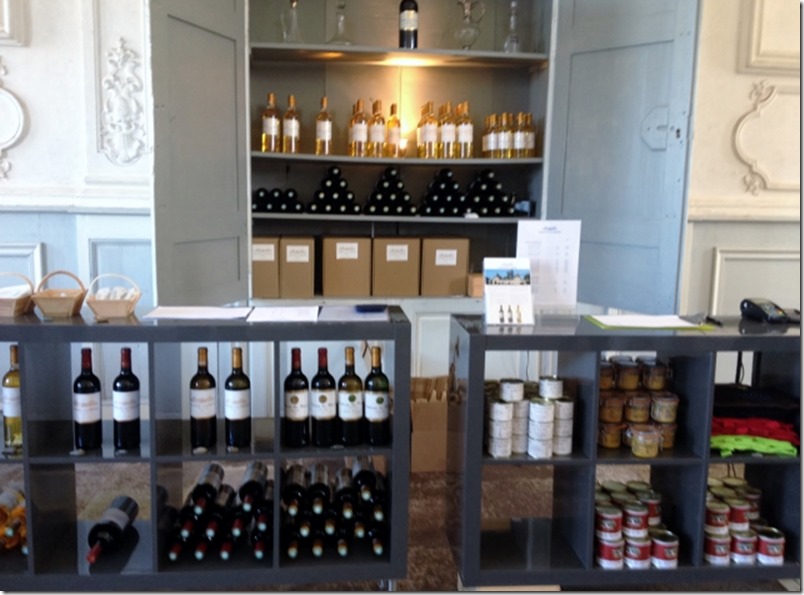
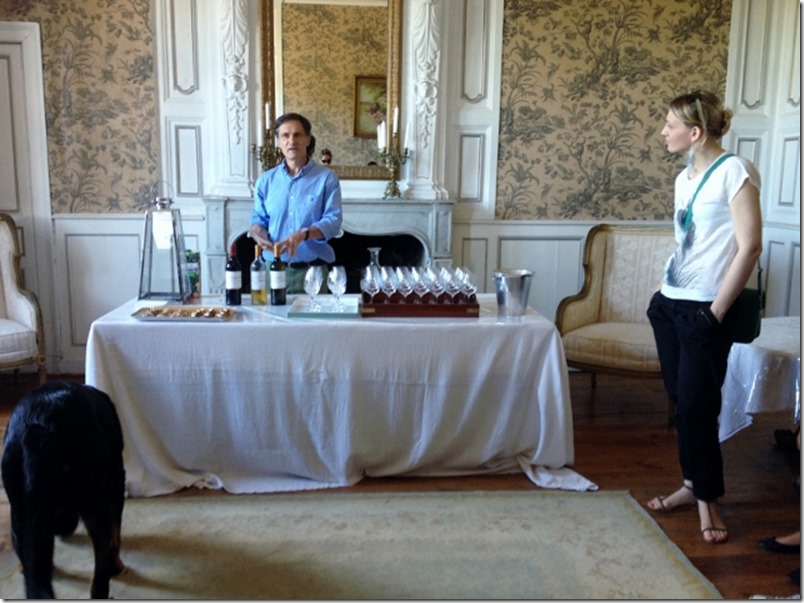
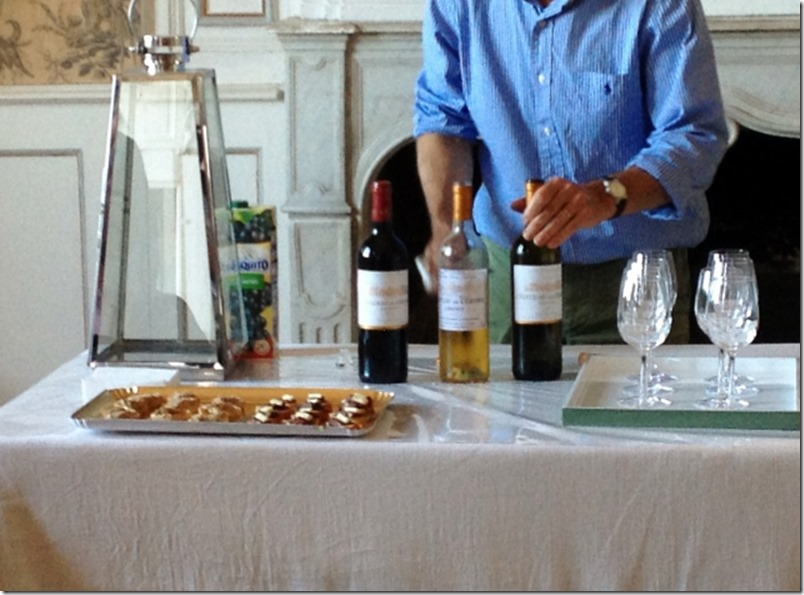
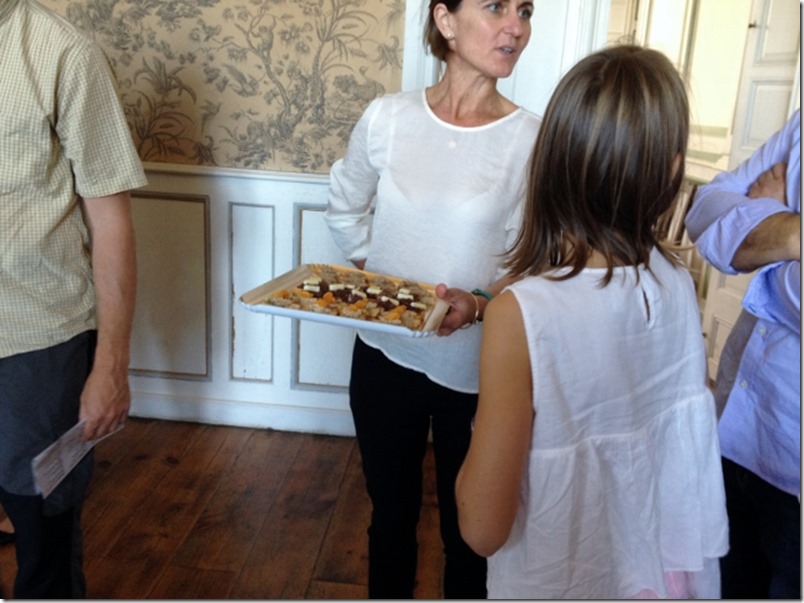
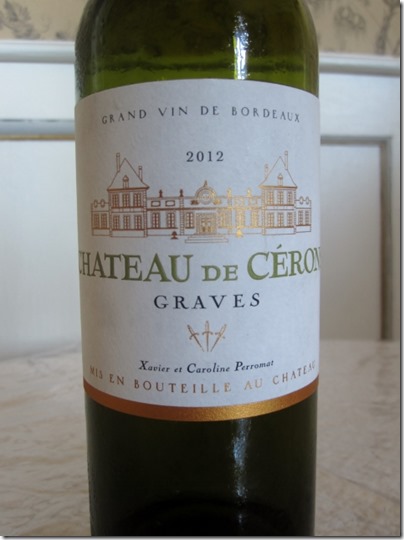
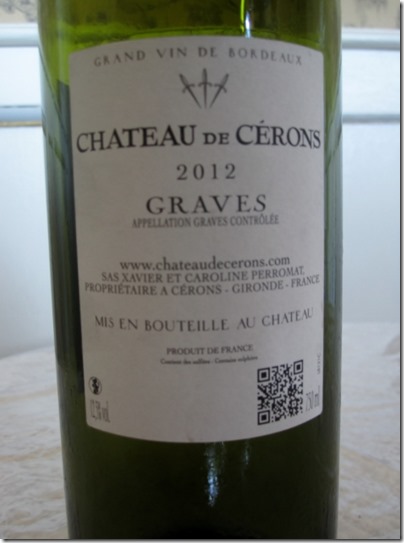
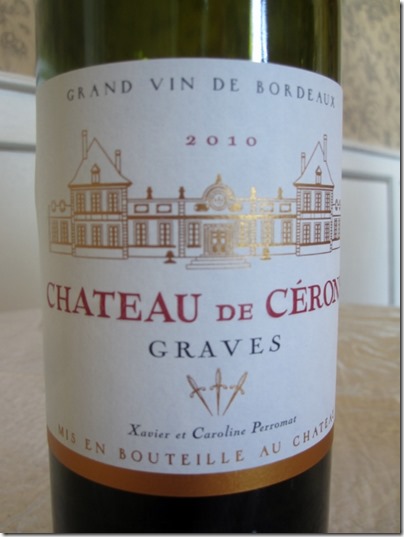
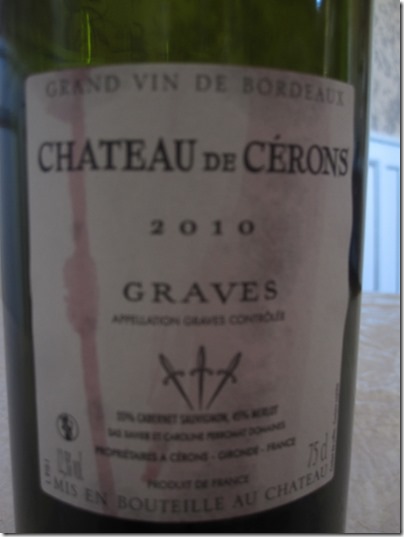

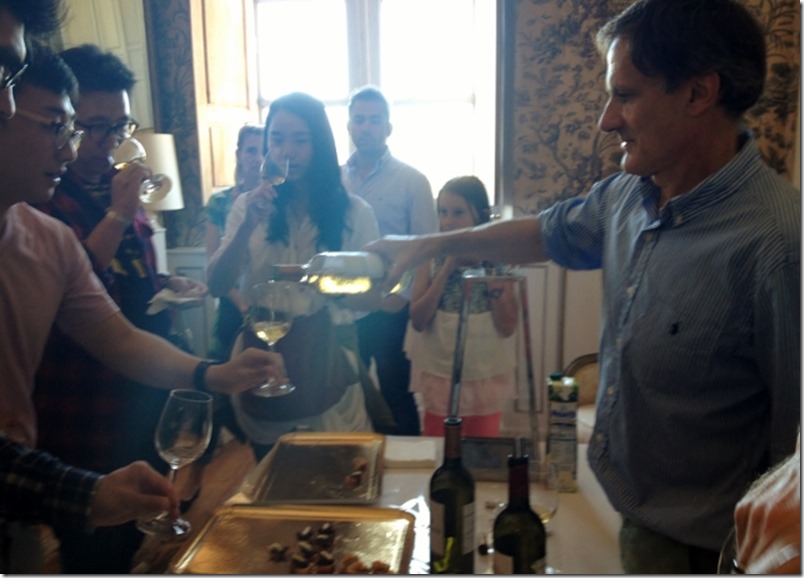
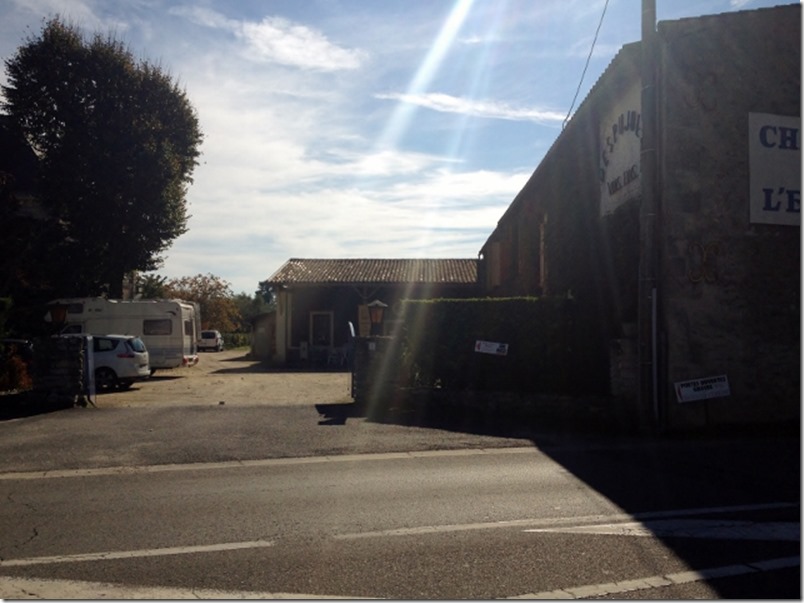
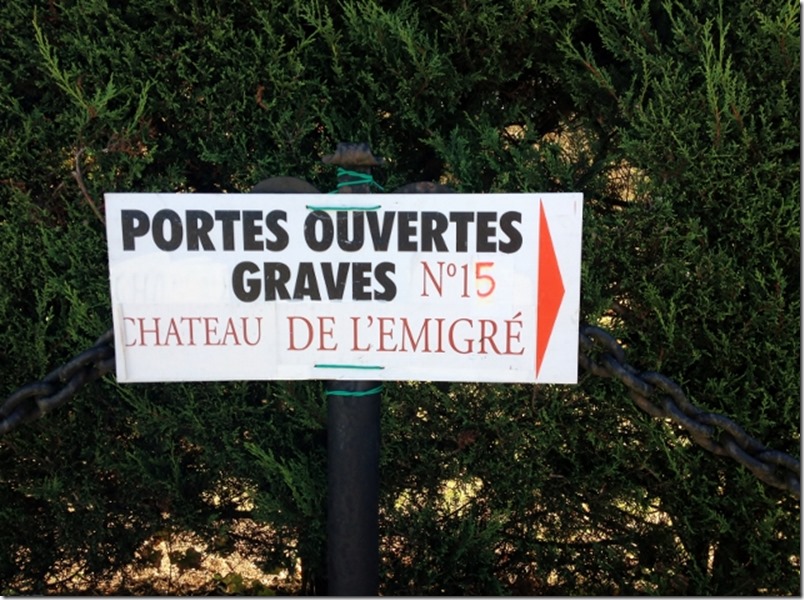
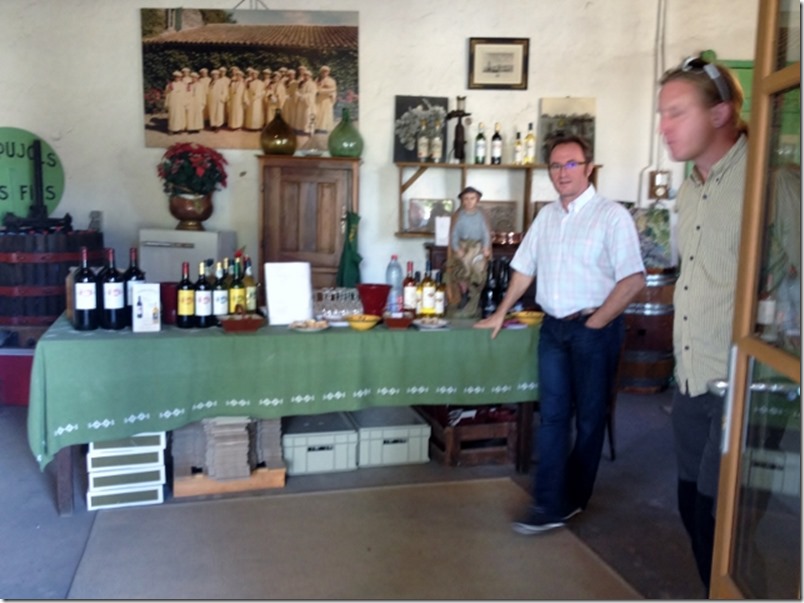
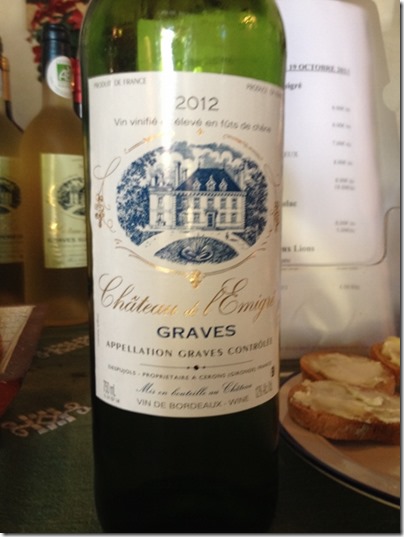
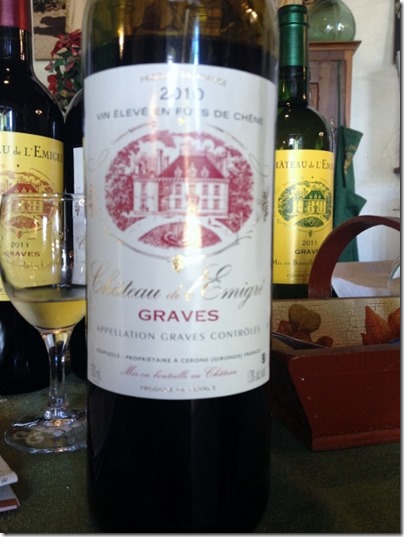
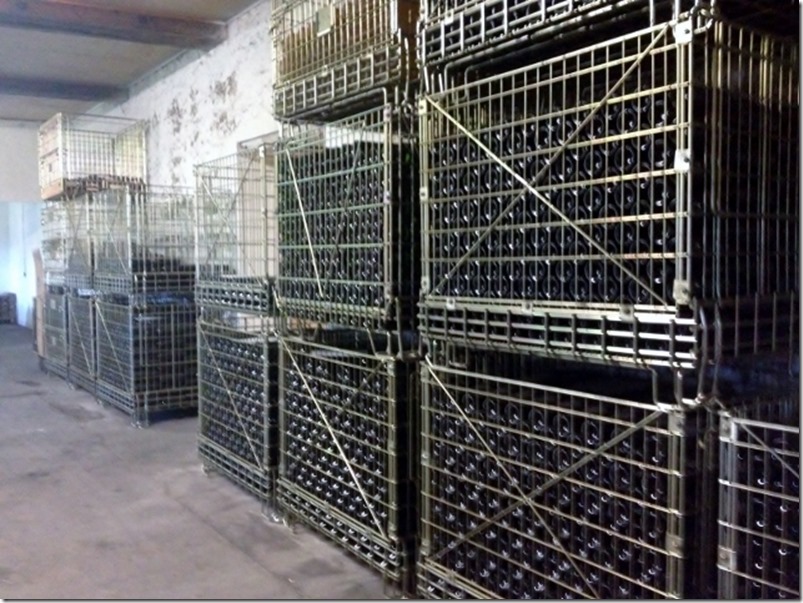
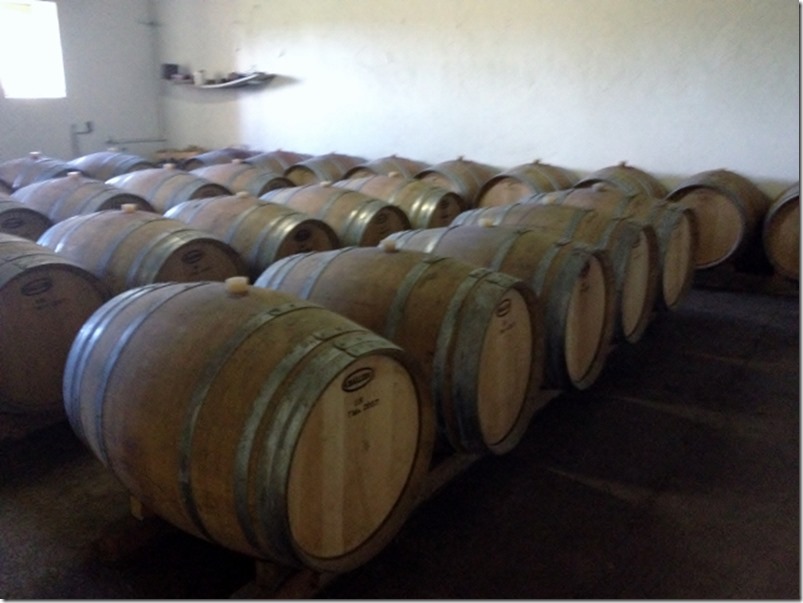

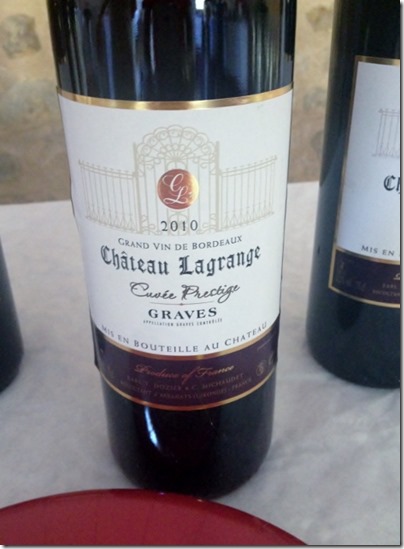
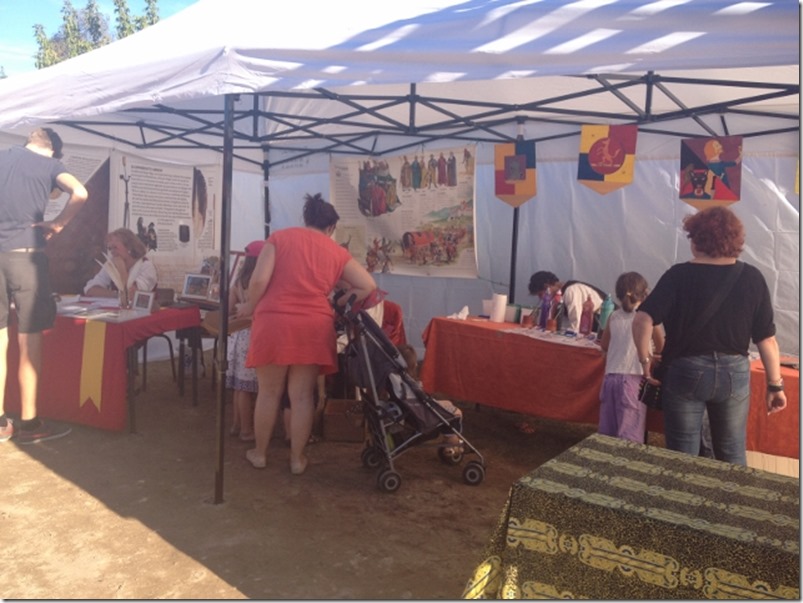
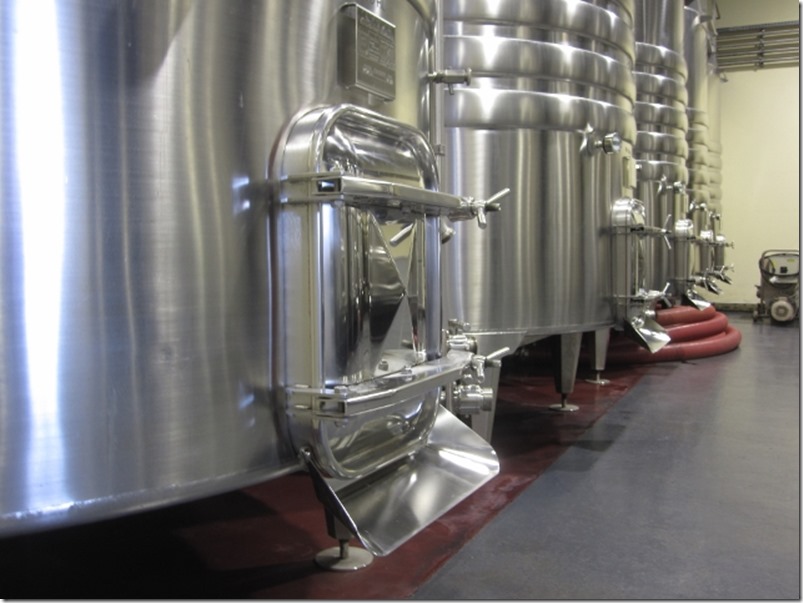
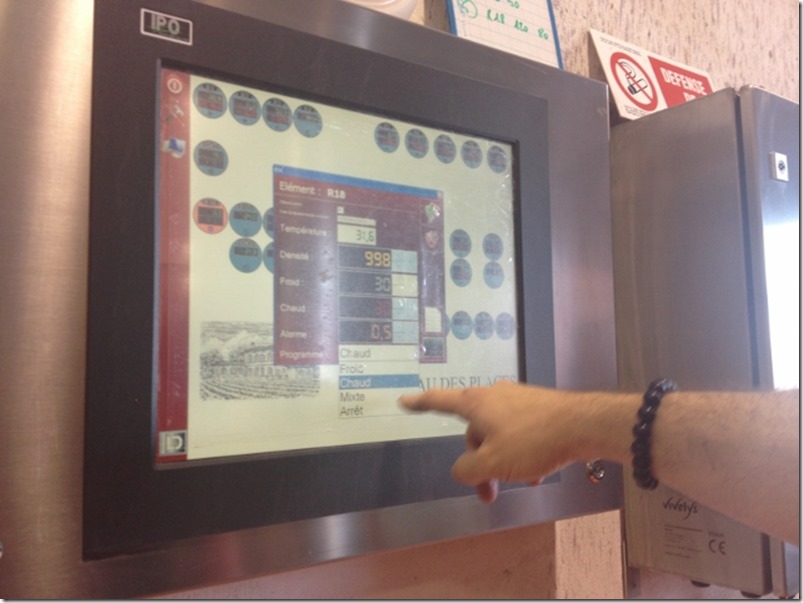
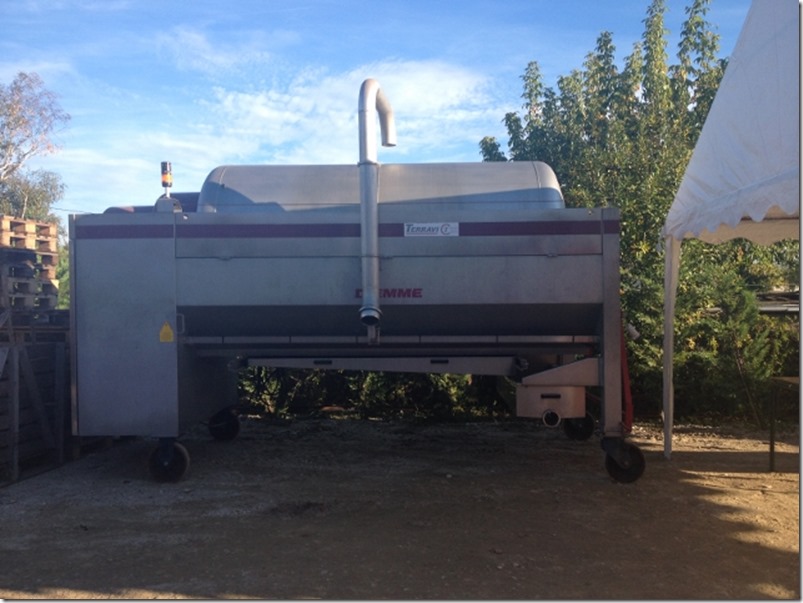
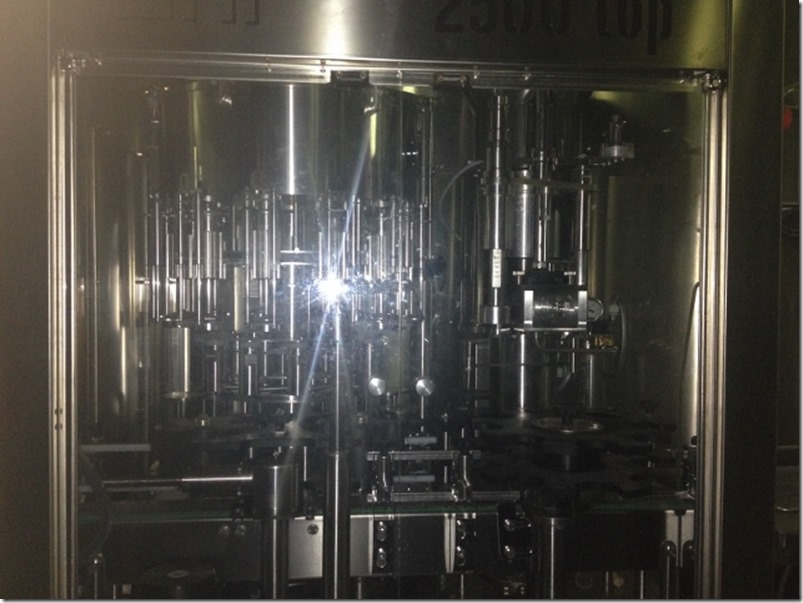
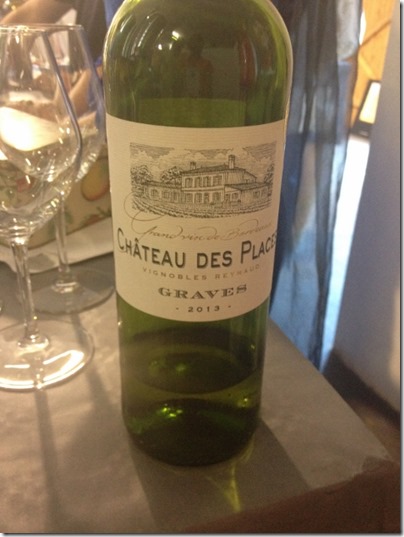
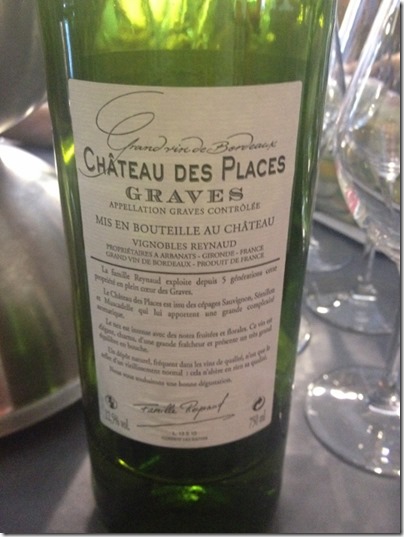
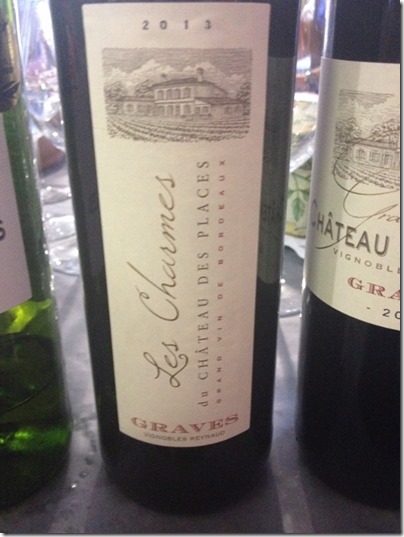
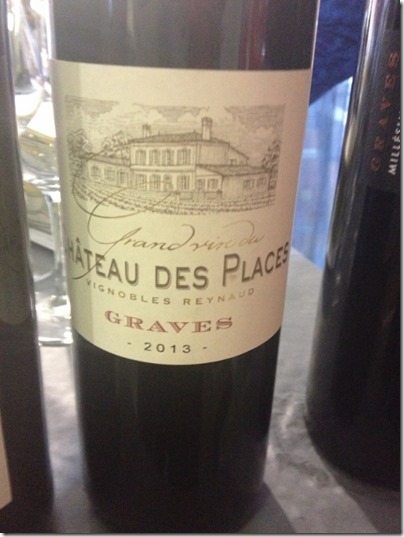

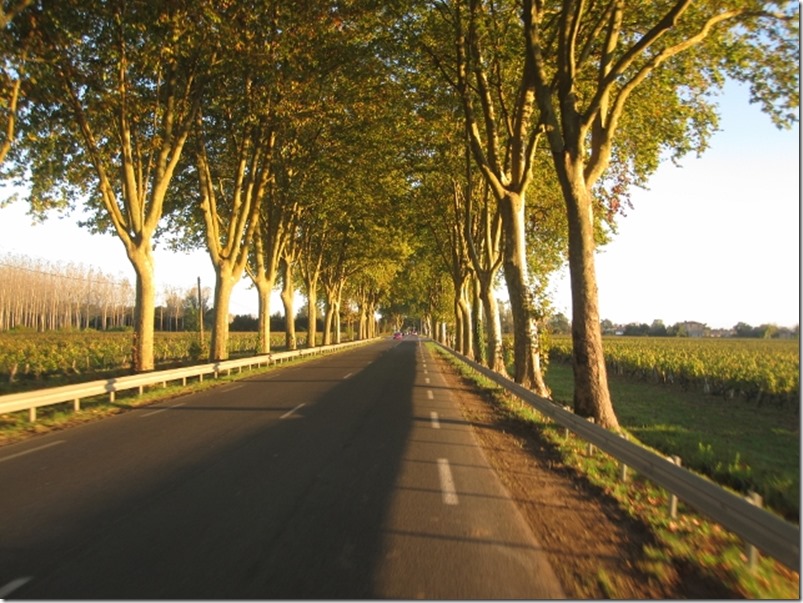






Gary, hilarious comments about GM grapes to get the oak flavours. No need, just suffice to add some wood cut offs into the wine, cheap and it gives the same flavour at a fraction of the costs. Some major wineries experiment with that.
More fun on your rosé comments, a wine for the indecisive? Couldnt agree more, middle of the road, i.e: car crash, LOL
Very jealous about Rioja, excited about the buildings. Adding to Juani’s note, aim for wines which has Graciano as part of the mix, it combines perfectly with tempranillo even if only at 5% and produces some of the best wines… Cant wait to see pictures!
A big hug,
Luis
Correcto…….Son comentarios de papa. Yo puedo comentar de quesos pues me gusta más .
En la zona de la Rioja trabajan con variedad de uva, pero la que más es ( tempranillo) y ( garnacha) en ocasiones (aíren ), tipos de uva: Aíren, Garnacha, Tempranillo, Cavernét , Sauvigno y Rueda.
En la comunidad de Aragon también existen muchas bodegas y variedad de vinos uno de ellos Sotomontano
Hay tienes otro comentario de papa. Besos.
Gracias!
Cuando se entra en una bodega, tenemos que tener en claro y saber con el tipo de uva que trabajan, puesto que existe mucha variedad y también depende del clima , púes no todas la viñas se adaptan en todos los países , cada bodega tiene su particular elaboración , unas dependen de la uva, y otras se elaboran con frutas aromáticas .
no sabia que sabias tanto de vinos. O son mas bien comentarios de papa?
Your blog on the wines made us smile…. We are not picky – our palettes are not that sophisticated, we just drink what is given to us. My drink of the moment is Baileys. Your mention of Lidl frequently has spurred us on and we are off to visit our local one in Tonbridge this morning…..
Let us know what you think after your visit. We have yet to try a spain one, maybe today. Off to Pamplona today. Fab walk yesterday, ache all over!
Love
Gary and Susana